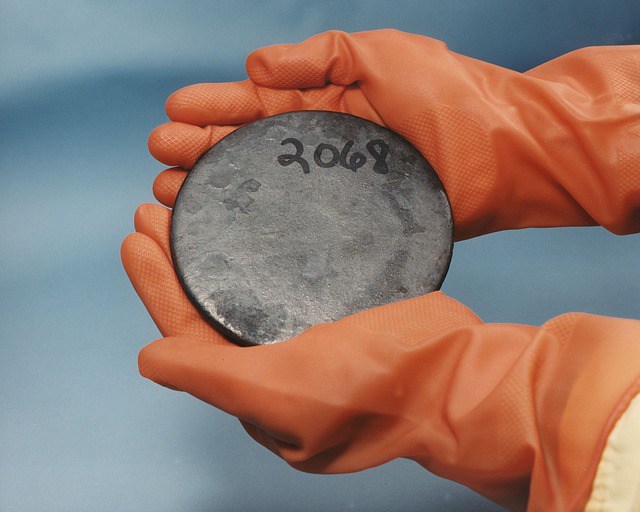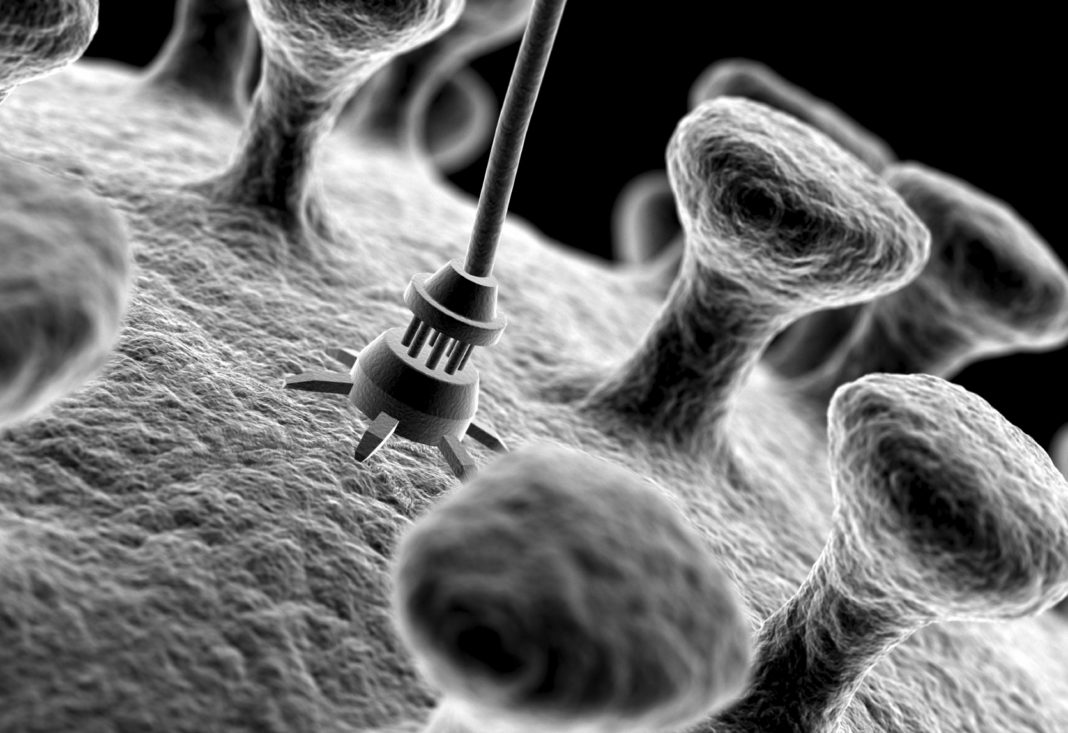Uranium is a heavy metal that occurs naturally in low concentrations in our solar system, and its slow reactive decay is what provides the primary source of heat within the Earth. Often found in nuclear power reactors, uranium is used to help generate electricity and is one of its main uses. Estimates have been given that suggest we need 65,000 tons of uranium every year to supply the demand, and that is done through mining. But, newer techniques are being developed that are focusing on sea water as an extraction point for uranium.
Current uranium extraction techniques include excavating at the ground surface to extract the uranium ores. This is the method they have adopted in Namibia, Niger, and Australia, whereas in places such as Russia and Canada they tend to use deep tunneling to extract the uranium ore. In the USA, Kazakhstan, and Uzbekistan in situ recovery is the most commonly used technique. This technique dissolves the ore in the ground and recovers the uranium.
Other ways that uranium can be extracted areas by-products from phosphate deposits and coal, but these are not renewable forms as are not being reproduced from natural occurrences. But, one new method that has been circulating involves the use of sea water. There around 4500 megatons of uranium contained in sea water and some areas can provide input of uranium. Extraction methods at sea have been developed including using uranium-specific nonwoven fabric as an absorbent, nano-membrane filtering, and using algae bloom to increase the concentration of uranium.
This type of uranium extraction has been demonstrated in Japan and was found to cost around $260 per kg. to extract. Researchers are hopeful that this new way of extraction can be balanced by the input of uranium from rivers, making a great source of renewable energy. Further research will continue to making uranium extraction from the sea more cost efficient and could soon be the next big uranium extraction technique used.
More News To Read











